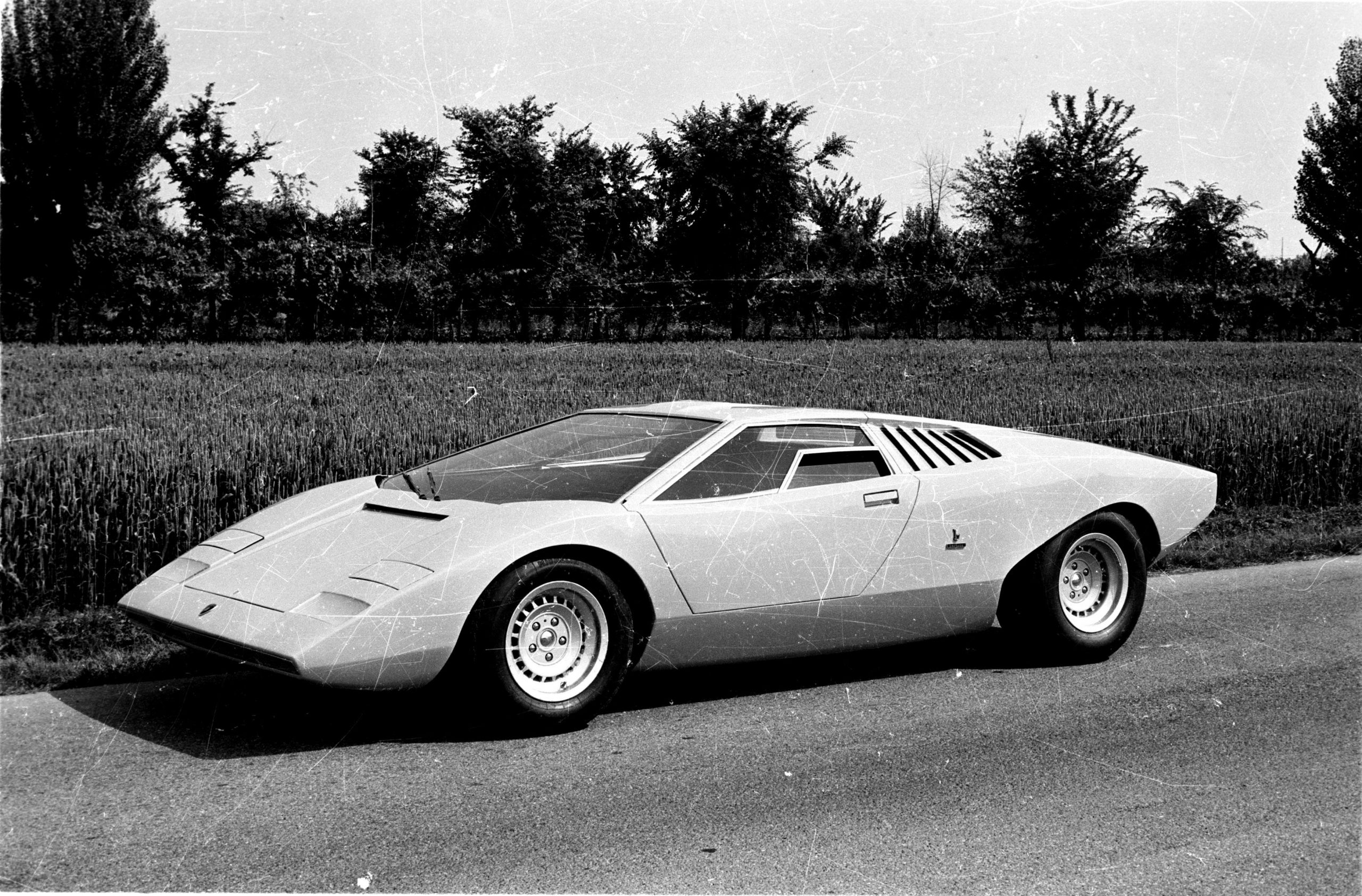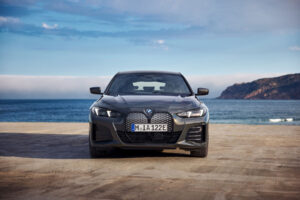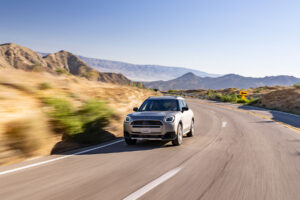From the majestic Rolls-Royce Phantom Tempus Collection to McLaren Artura, we can go on and on about the brand spanking, shiny new cars that have been unveiled in 2021. However, sometimes you just can’t beat the classics, and we’re feeling nostalgic today as we turn back time to celebrate some of the cars that made their debut in 1971, and are blowing out the candles on their 50th anniversary this year.
Lamborghini Countach LP500
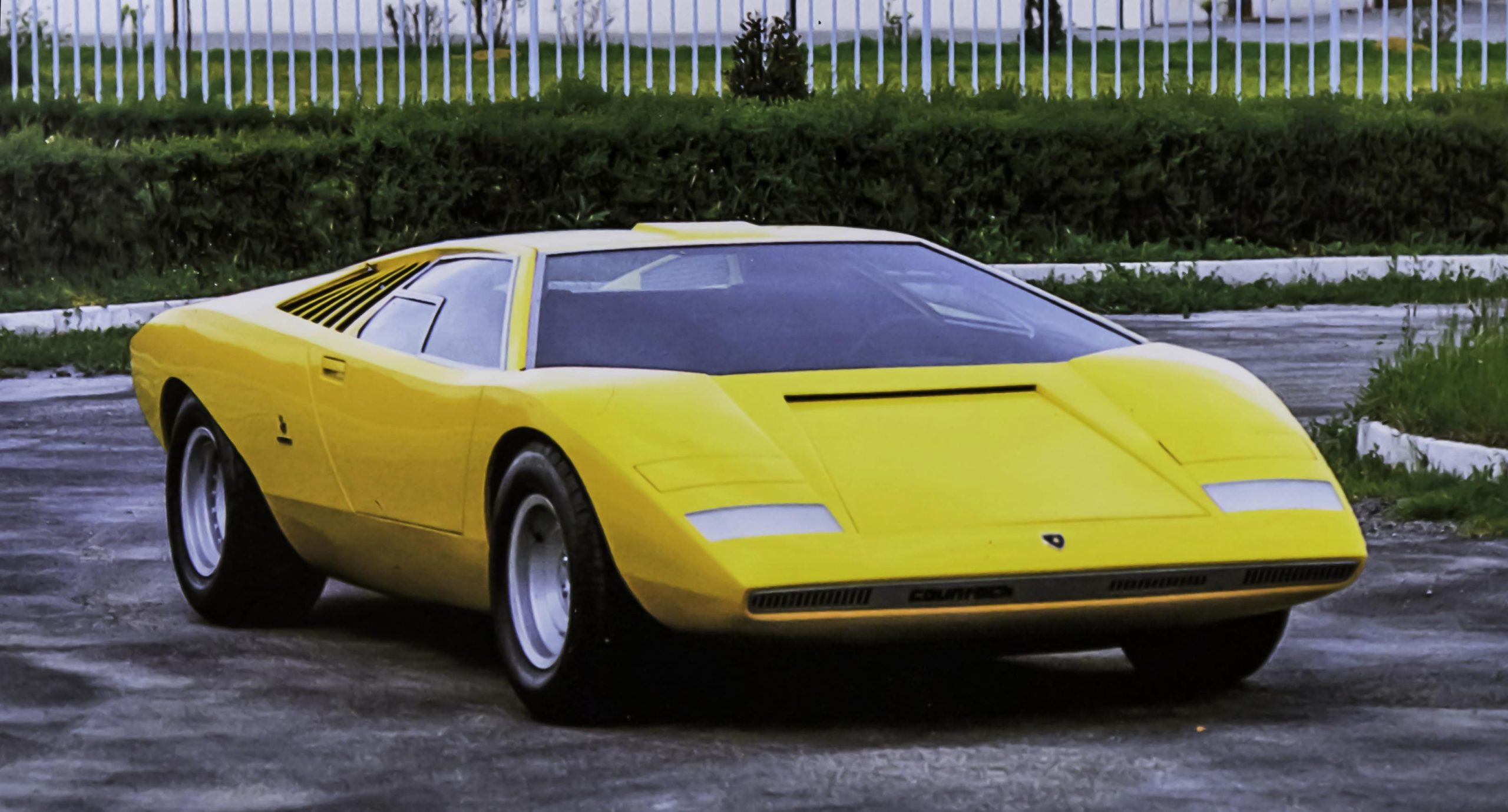
Styled by Marcello Gandini, the Design Director of Carrozzeria Bertone, the Lamborghini Countach LP500 was a hit at the 1971 Geneva Motor Show when its prototype first made its appearance. It was Gandini who decided to implement the use of scissor doors, which since that time have characterised the production of Lamborghini’s 12-cylinder models. The Countach also featured a platform frame rather than a tubular one, as well as a one-of-a-kind 12-cylinder 4971cc engine.
What’s in a name? The name of the car actually comes from a dialect in the Piedmont region. In its final stages of assembly, the car was hidden in a shed for agricultural machinery on a farm near Grugliasco to avoid possible work stoppages related to labour unrest, and was “discovered” by a farmer who exclaimed “Countach” – a word to express wonderment in Piedmontese dialect.
Maserati Bora
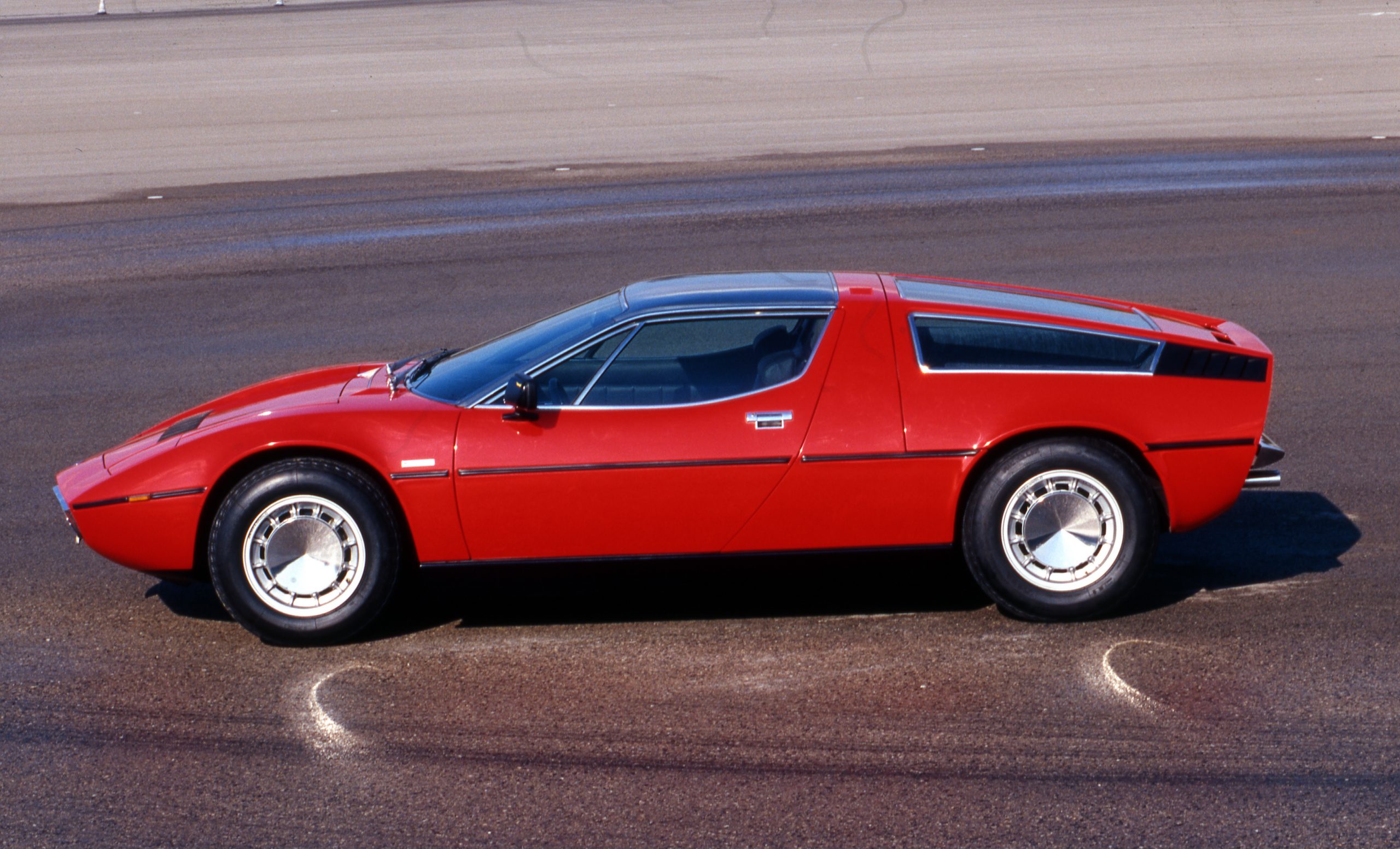
Distinguished by its sleek, tapered lines and an aesthetic that feels futuristic yet rock n’ roll, the Maserati Bora was first unveiled at the Geneva Motor Show 50 years ago. It was the first Maserati road car that featured a mid-rear engine, designed by Giulio Alfieri while the aerodynamics and styling were done by Giorgetto Giugiaro.
Other distinctive features of this car are the retractable headlights, to help prevent aerodynamic drag, allowing it to achieve a top speed of over 280 kmh and great driving pleasure.
Fiat 127
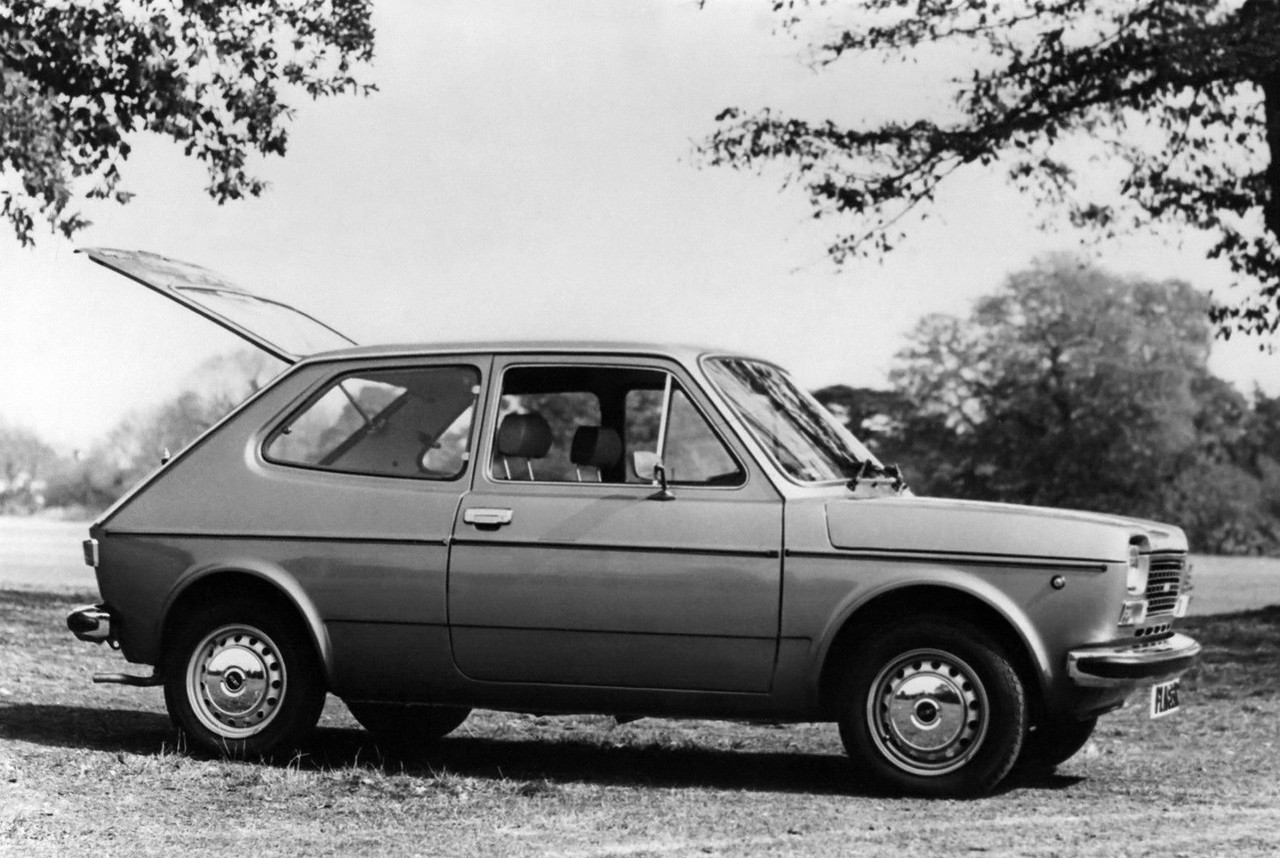
Speaking of Giugiaro, he too lent his creativity to the production of the Fiat 127, the first-ever attempt by Alfa Romeo to produce an entry-level front-wheel-drive model. The engineering design was helmed by Rudolph Hruska, with the car featuring an elaborate suspension set-up, all-round disc brakes and a Boxer engine.
The Fiat 127 was also one of the most successful cars for Alfa Romeo at the time, selling approximately 894,000 units.
Rolls-Royce Corniche

Produced between 1971 and 1996, the Rolls-Royce Corniche was the British luxury automaker’s convertible version of the Silver Shadow. While this model was the first car of that name sold by the company, the “Corniche” name had already been registered by Rolls-Royce in the ‘30s. The Corniche was made available as both a coupé and convertible, equipped with the standard Rolls-Royce V8 engine, an aluminium-silicon alloy block and aluminium cylinder heads with cast iron wet cylinder liners.
The Corniche also had its fair share of star-studded owners, including the inimitable David Bowie, Frank Sinatra, Elton John, and Paul McCartney.
Ferrari 365 GTC/4
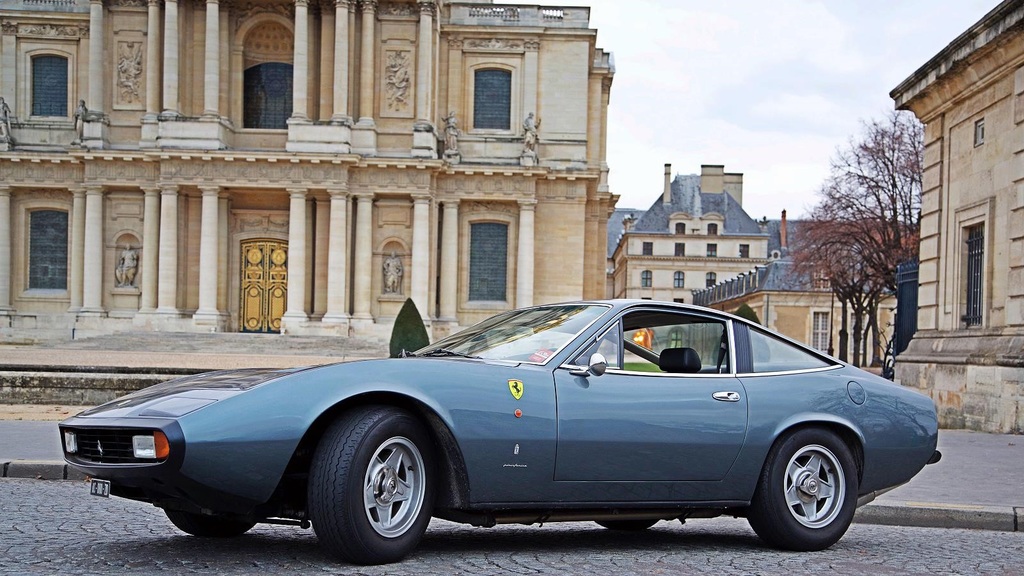
This 2+2 grand tourer was based on the chassis of the Ferrari 365 GTB/4 Daytona was an underrated creation that was produced for only one year with 505 examples made. Its bodywork was designed by Pininfarina, featuring a wedge shape, fastback silhouette, and hidden headlamps. While it didn’t raise much hype during its time, the 364 GTC/4 only found recognition in recent times, considered by devoted Ferrari aficionados as a worthy collectible.
Mercedes-Benz SL (R107)/SLC (C107)
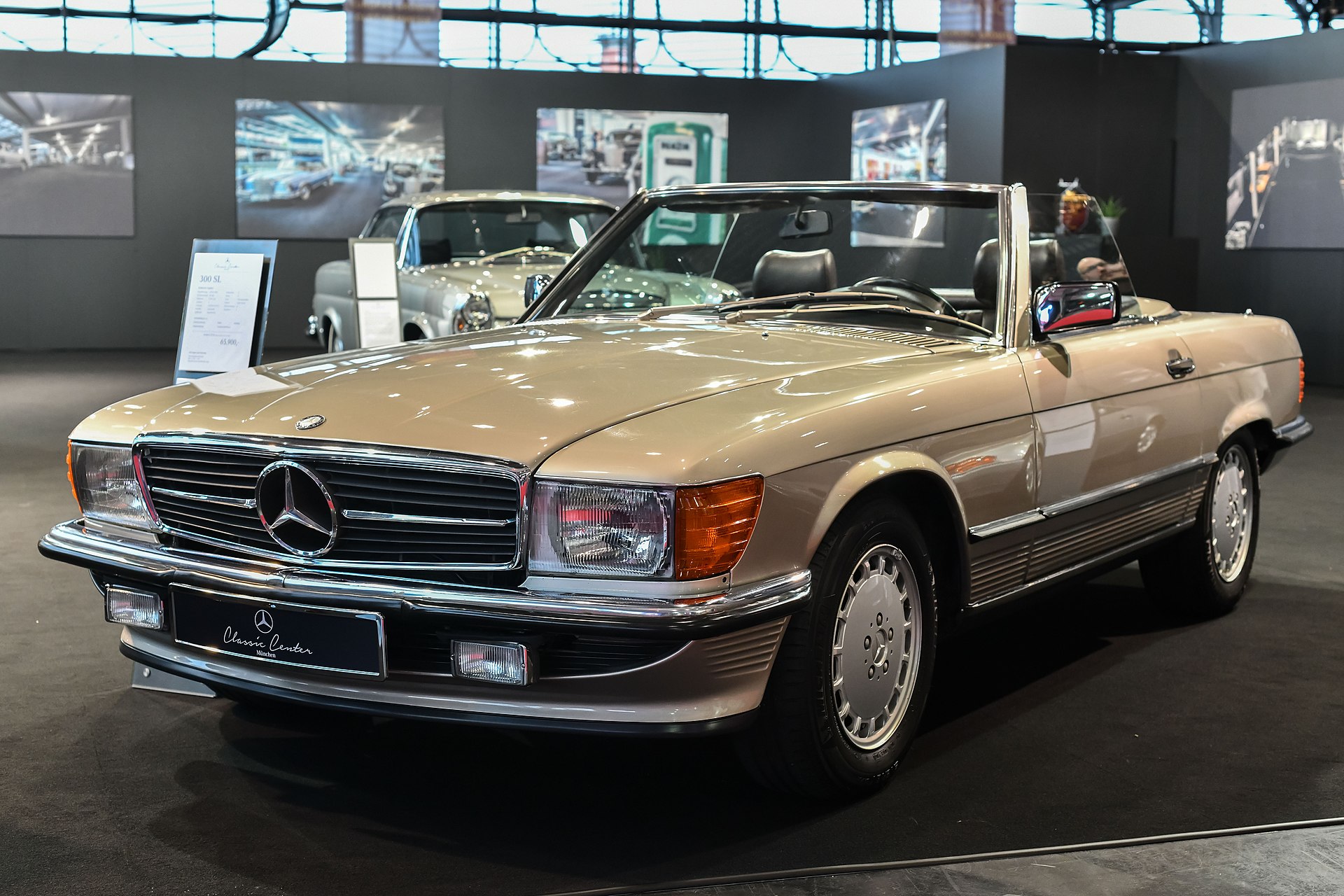
When the SL roadster and the SLC coupé by Mercedes-Benz made their first appearance into the world, they quickly sparked a cult following – becoming symbols of stylish driving and exclusivity. They were the second longest single series ever produced by the marque, right after the G-Class.
Identified by their robust design, the SL model is a two-seat roadster featuring a standard soft top and optional hardtop, as well as optional folding seats for the rear bench. As for the SLC variant – a.k.a SL coupé, it was a 2-door hardtop coupé with normal rear seats. The roadster’s production ran from 1971 to 1989, and the SLC was replaced in 1981 by the Mercedes-Benz 380 SEC.




